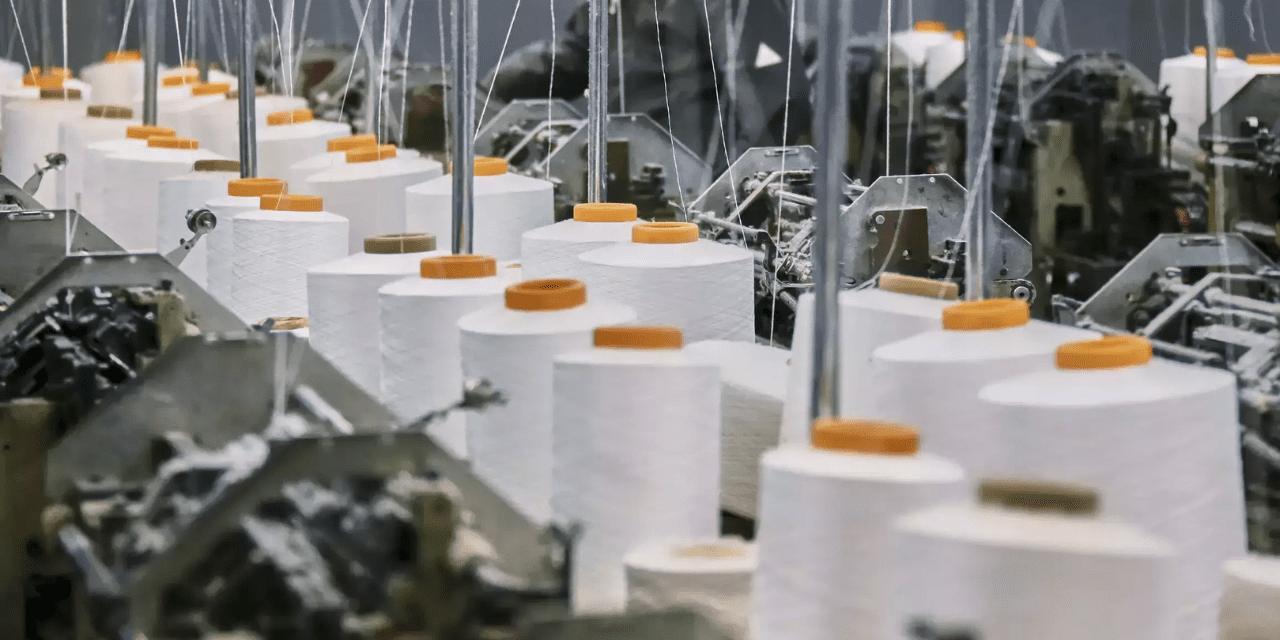India has a very long history with textiles. India has long been known as the land of beautiful fabrics and is home to a textile industry that has played a significant role in the development of the nation. However, the nation’s recent success in international trade has fallen short of its potential. Between 2015 and 2019, exports decreased by 3%, and by 18.7% in 2020. However, other low-cost nations like Bangladesh and Vietnam have increased their market share during the same time period.
The performance of India’s commerce in recent times has been influenced by a number of variables. India suffers from high factor costs (for instance, power costs between 30 and 40 percent more in India than they do in Bangladesh). Lack of preferential or free trade agreements with major importers like the UK and the EU Pricing pressure is placed on exporters by countries like Bangladesh for materials, and Canada for garments. Earning the correct return on investment in capital is challenging due to the high cost of capital and heavy reliance on imports for practically all textile machinery. India is less competitive than Chinese manufacturers due to longer lead times, particularly in the fashion industry. Neither has the trend of nearshoring in western economies.
However, COVID-19 has created a window of opportunity for Indian textiles to take back the top spot among exporting nations by forcing a recalibration of sourcing patterns (China-plus-one sourcing). India should aim to increase exports at a CAGR of 8 to 9% from 2019 to 2026, which would bring exports to $65 billion by that year. Department of Textiles has established an even more ambitious export goal of $100 billion over the following five years. The creation of 7.5 million to 10 million new direct textile jobs could be aided by reaching these goals. It will be a remarkable accomplishment and a significant boost to the economy as a whole to create this many employment for a sector that directly employs roughly 45 million people in both industry and farming.

